As someone who has faced the challenges of raccoons invading my property, I want to share my journey of how to catch a raccoon in a trap. Raccoons can be adorable from a distance, but when they start tipping over trash cans or threatening my chickens, it’s time to take action.
Here’s how I learned to effectively trap these clever critters, based on my experiences and the valuable tips I gathered from others.
The Right Trap for the Success
When I first decided to hunt raccoons, I quickly learned that choosing the right trap is essential. After some research and advice from fellow trappers, I opted for a live trap, specifically one that measures around 32 to 42 inches in length.
This size is perfect for accommodating raccoons without giving them too much room to escape.
I found that a one-door trap was easier to manage, especially since I could set it up in tight spaces. However, I also considered a two-door trap for its versatility.
Ultimately, the key is to ensure that the trap is sturdy and secure enough to hold a raccoon once caught.
The Secret Baiting for Raccoon
Next came the baiting process. Choose what raccoons like is halfway to your success. Raccoons are notorious for their food preferences, and I wanted to use something irresistible. Based on recommendations from others, I tried several options:
- Canned Sardines: These became my go-to bait. The strong scent is like a dinner bell for raccoons.
- Marshmallows: They are surprisingly effective! They seem to have a sweet tooth that draws them in.
- Bacon and Wet Cat Food: These options worked well too, especially when I wanted to mix things up.
I learned that placing the bait at the far end of the trap behind the trigger plate was crucial. This way, the raccoon had to fully enter the trap to reach it, increasing the chances of success.
Setting Up the Live Trap
After finding my bait choices, it was time to set up the live traps. This part was critical because placement could make or break the efforts.
Here’s what worked for me:
- Choose the Right Spot: I placed my traps against solid objects like walls or fences. This prevented raccoons from reaching in from the sides.
- Secure It Well: To prevent any rolling or tipping, I placed heavy cinder blocks on top of the traps. It was surprising how clever these animals could be; they would sometimes try to roll the traps over to get at the bait!
- Camouflage: To make my traps less conspicuous, I covered them with feed bags and other items from around my yard. This helped disguise them and made raccoons more likely to approach.
- Check Regularly: I made it a point to check my traps at least twice a day. This not only ensured that any captured raccoon wouldn’t be trapped for too long but also kept me informed about any new visitors.
After setting everything up and waiting patiently, I finally caught my first raccoon! It was exhilarating but also nerve-wracking. I knew I had to handle the situation carefully.
I covered the trap with a towel to calm the raccoon inside when I approached it. Handling wild animals can be unpredictable, so wearing gloves was essential—I didn’t want to transfer any of my scent or risk getting bitten.

Should I Relocate the Raccoon?
Before taking any further steps, we all need to make sure to be familiar with local laws regarding trapping licenses, methods, and relocating wildlife.
In some areas of the U.S., such as California, you CAN NOT relocate a captured raccoon. However, in some regions, you can release them, but there are often restrictions on how far away you must take them—usually at least 5 miles from your property.
In cases where raccoons pose an immediate threat—like when they were attacking my livestock or crops, killing or euthanizing might be acceptable under certain circumstances.
Some hunters may be against relocating them because that will cause problems in other new territories. So, In my opinion, if you don’t know how to deal with them, you can contact the local wildlife authorities for the best legal action.
Keep Raccoon From Our Yards
After successfully trapping and relocating a few raccoons, I realized that prevention was just as important as catching them. Here are some strategies that worked well for me:
- Secure Trash Cans: I invested in raccoon-proof trash cans and made sure to seal any potential food sources around my yard.
- Clean Up Fallen Fruits: Keeping my garden tidy helped eliminate easy snacks for these critters.
- Seal Entry Points: I checked around my property for potential entry points into buildings or coops and sealed them up.
Conclusion
Catching raccoons in traps has been quite an adventure for me. By choosing the right trap, using effective bait, setting it up properly, and understanding local regulations, I’ve been able to manage these clever creatures without causing harm.
If you find yourself dealing with raccoons invading your space, know that you’re not alone! With patience and persistence, you can successfully handle this problem while keeping your property safe and secure.


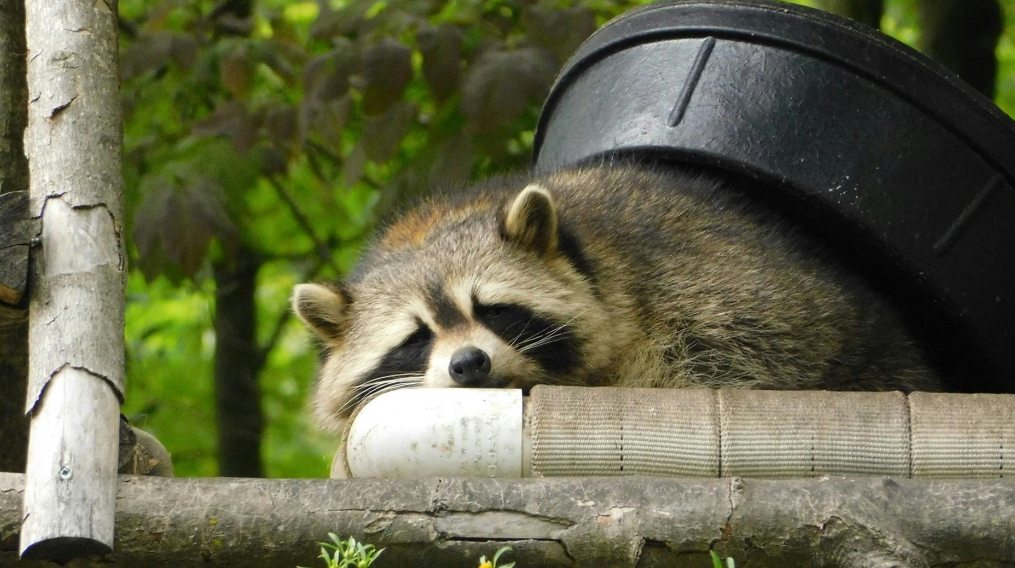
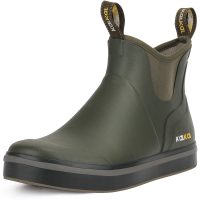


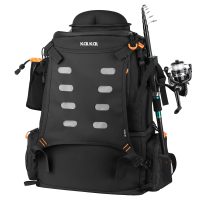



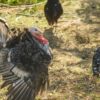


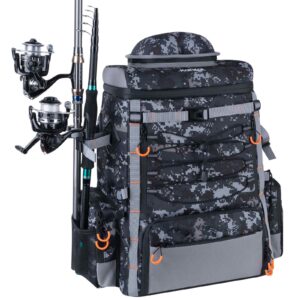
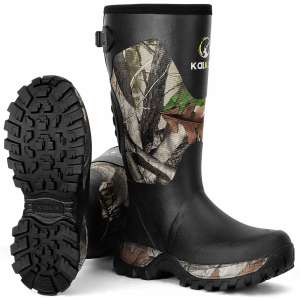





Leave a reply